Ireland was England’s first colony and they lived under English rule for nearly 700 years. It is commonly said that England got very little out of Ireland, except for eternal Irish hatred. Irish culture, law and language were replaced by English culture, language, religion and education. Irish lords lost their lands and authority. England promoted policies and practices associated with Anglicization (Ohlmeyer, 2020). In the late 16th century, frustrated by continuing native Irish resistance, Protestant England implemented an aggressive plan to fully colonize Ireland and stamp out Irish Catholicism (Waller, 2021).
Commemorative statues of British figures
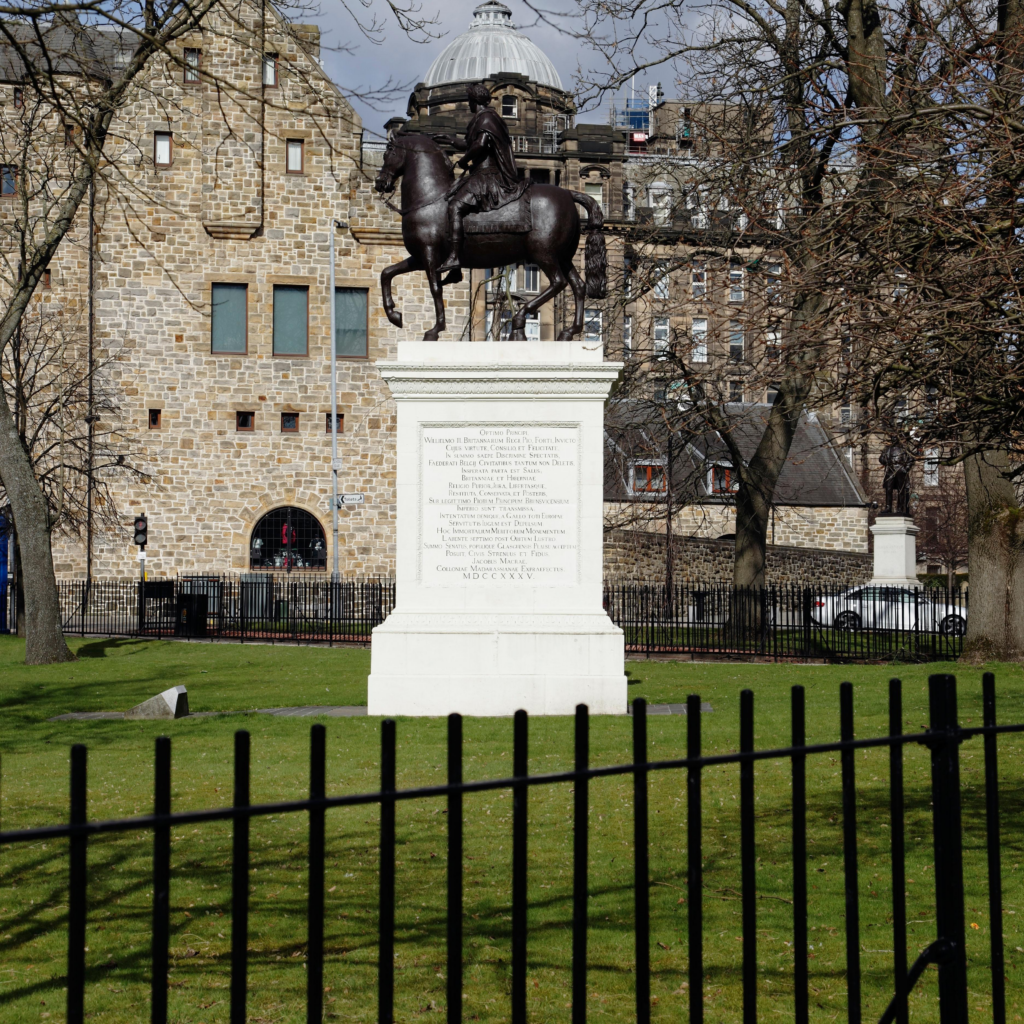
Buildings built in Ireland during British Rule
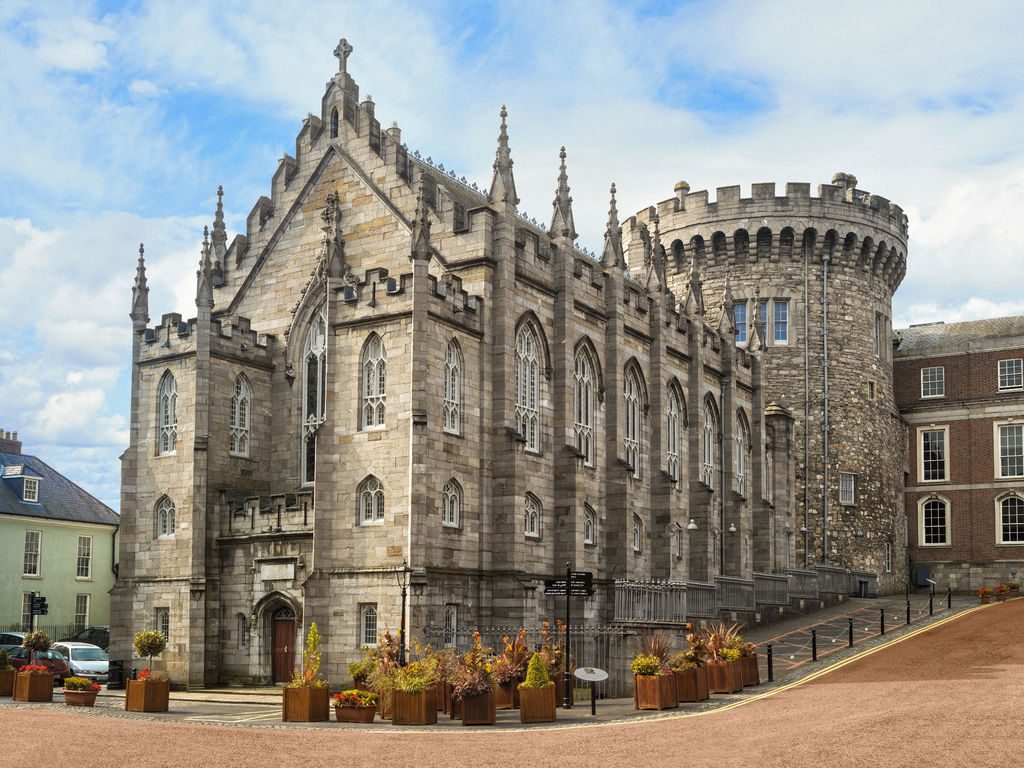
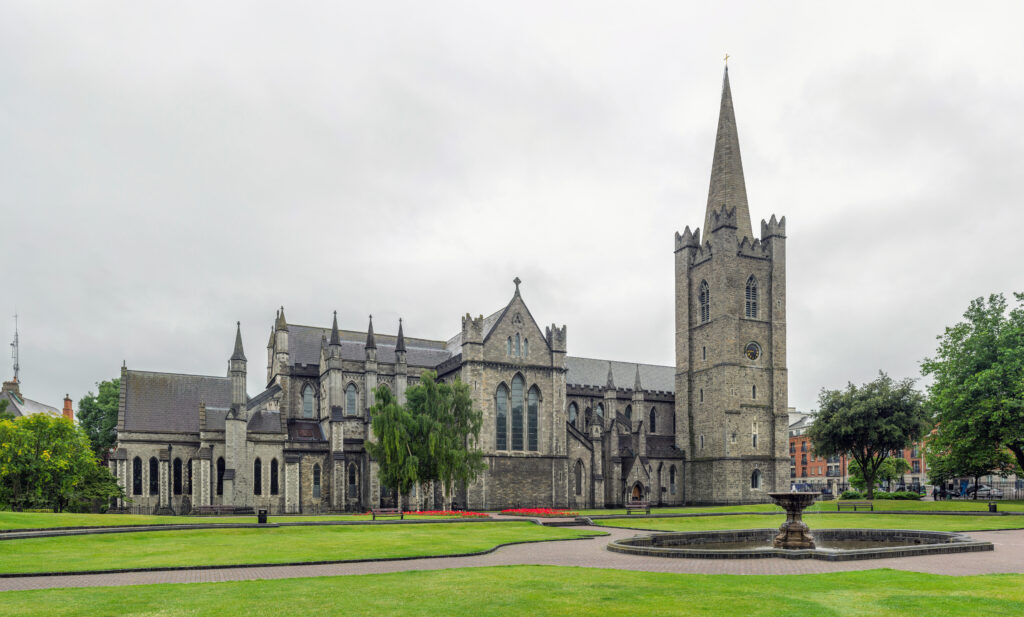
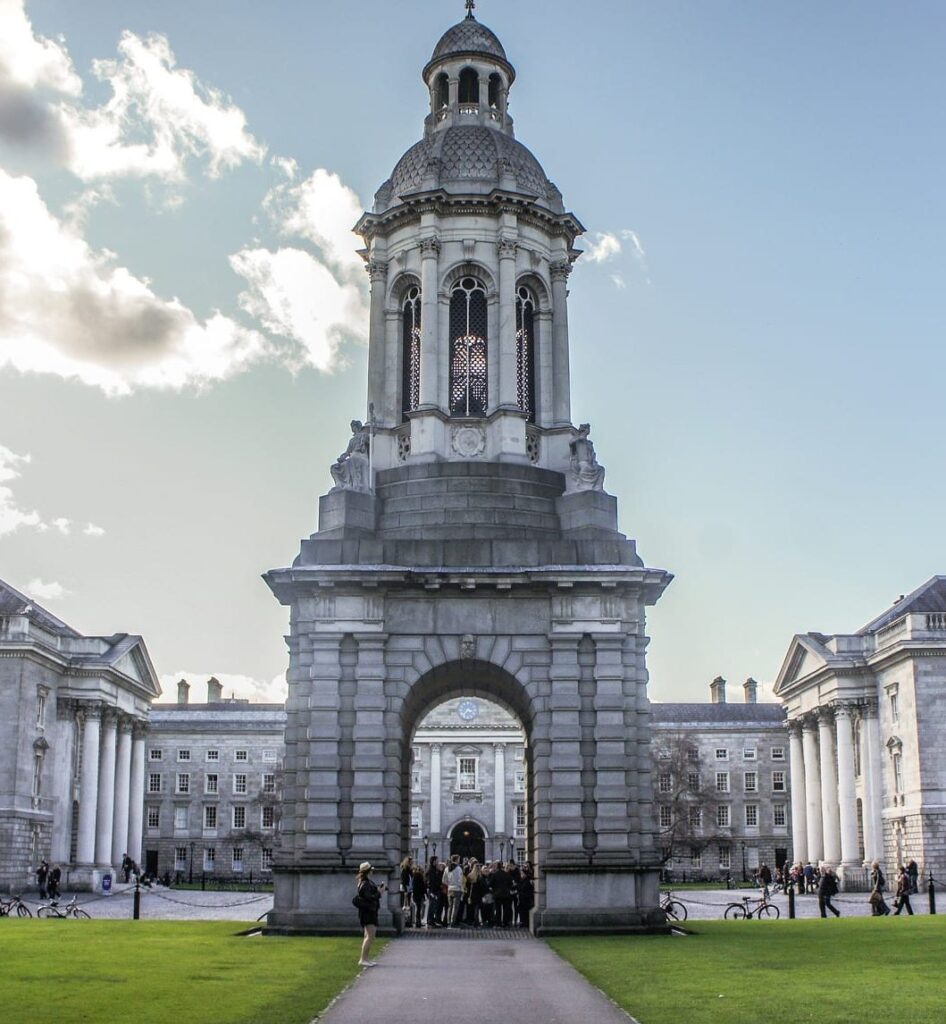
Many places in Ireland have names of British origin
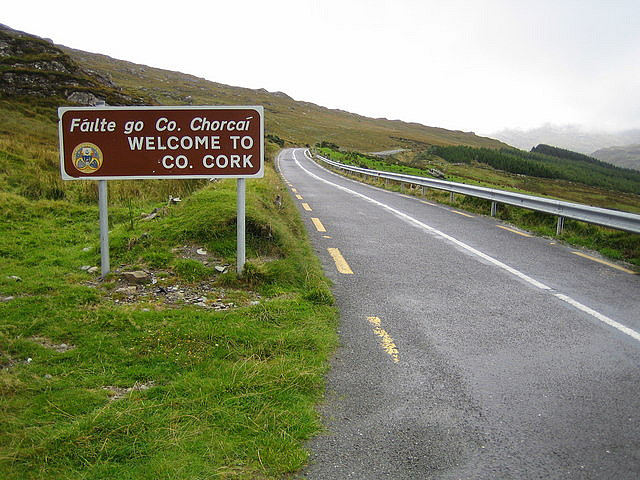
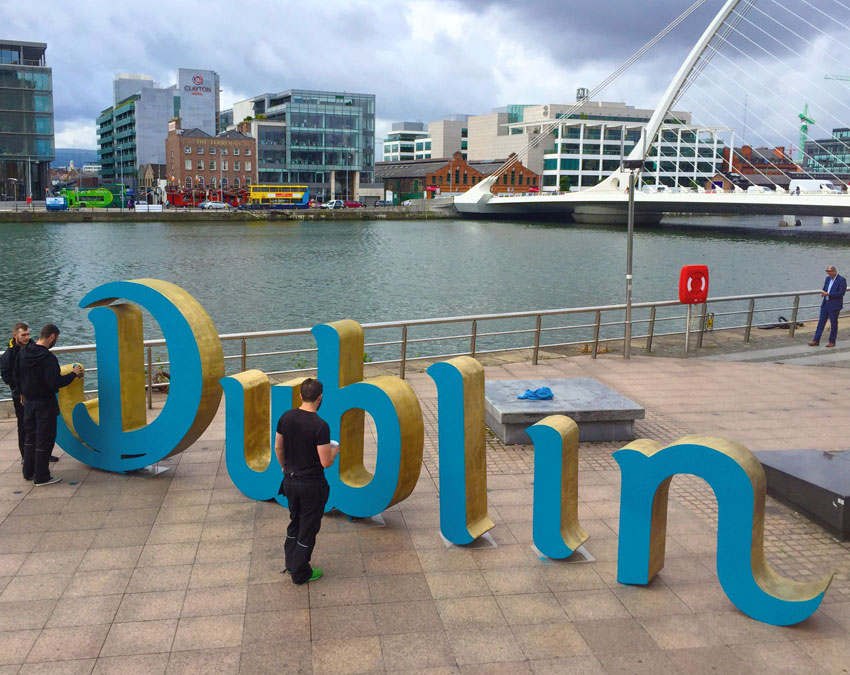

The Material Basis
The material basis of the colony changed over time, but it was primarily built on land annexation and conquest. England’s main concern was that Ireland might become a bridgehead for a Continental invasion of England, which would likely gain support from the discontented Celtic peasantry. The close trading relationship between Spain and Southern Ireland made continental incursions seem more than likely (Stedall, 2019). As England colonized the Caribbean, Irish cattle and laborers were sent as domestic imports to the region (Kuentzel, 2023)
As the English stripped the Irish people from their farms and land, they became English tenants. Any one who challenged English military might was removed from their land, which was given to English and Scottish settlers. They dispossessed were promised were land elsewhere, but it was often half of what they had forgone and not on their ancestral lands. Britain exploited Ireland for their cheap labor, and made sure that the country was not allowed to develop in fear that their source of labor would be gone (Stedall, 2019).
The Political and Judicial Basis
Over the course of 700 years, England encouraged settlers to colonize Ireland in an effort to protect Britain from Irish aggression. From the Anglo-Norman knights in the 13th century to Henry VIII naming himself King of Ireland in the 16th century, England began its centuries-long infiltration of Ireland. The English used terrorist tactics to control the Irish people, such as destroying crops or taking hostages, this would later be referred to as “total warfare” (McDaid, 1994).
To prevent a counter-reformation in Ireland, Henry VIII sent Lutheran evangelists to Ireland. At first, the protestant faith made little progress in Ireland due to language barriers and lack of funding from the Irish population, who remained mostly Catholic. As a result, waves of settlers were sent to flood Ireland in hopes of achieving power by numbers. They stole land from Irish farmers, who were forced to become English tenants. They placed heavy duties on Irish exports sent to England, which benefited English landowners. Irish peasants’ land plots were to be sub-divided between every succeeding generation, which caused many large Irish Catholic families to live below subsistence level in squalor (Stedall, 2019). In the 17th century, the imposition of Penal laws set about disempowering Catholics, denying them the right to take leases or own land above a certain value, forbidding higher education and entry to professions, and imposing oaths of conformity to the state church, the Church of Ireland. During the 18th century strict enforcement of the Penal laws eased but by 1778 Catholics held only about 5% of the land in Ireland (Living in Ireland, n.d.).
The Irish industry was not permitted to develop alongside England in the industrial Revolution, so that English people could continue to exploit Irish labor. Even though legislation and a physical barrier attempted to keep the Irish and English separated, Irish laborers were needed on most English plantations (Waller, 2021). The Irish peasantry turned to potatoes as a form of supplement on small land plots. Potato harvests continually failed, even before the blight, which caused them to starve (Stedall, 2019).
Protestants made headway in Northern Ireland, where linen production was a secondary source of income and they did not suffer as much from annual crop production. Mass emigration to America and Canada began in the 19th century, and wealthier and less-populated protestants went first. The blight in 1845 decimated the crop and the population. The English parliament thought the problem was exacerbated, and landlords kicked out tenants who failed to pay their rents, leaving them to die on the streets (Stedall, 2019)
The Ideological Foundation
The English justified their annexation of Ireland by establishing a precedent that the Norman conquest of the 12th century secured the right to rule Ireland for the English crown. In the 16th century, Henry VIII was convinced that Ireland needed to be “pacified” in fear that they would start a counter-reformation (McDaid, 1994). As a result, the Irish clamored to using religion to motivate themselves against the English. Various uprisings like the one organized by Irish leader Brian Macphelim O’Neill were unsuccessful and motivated the English to claim more land and justify the removal of natives from English settlements (Living in Ireland, n.d.).
References
Kuentzel, W. (2023, September 6). Colonialism. Rural Livelihoods in a Global World [lecture], University of Vermont.
Living in Ireland (n.d.). A Brief History of Ireland. https://www.livinginireland.ie/culture-society/a-brief-history-of-ireland/
McDaid, C. L. (1994). Justification: How the Elizabethans Explained their Invasions of Ireland and Virginia. William & Mary Dissertation Paper. https://dx.doi.org/doi:10.21220/s2-4bnb-dq93
Ohlmeyer, J. (2020, December 29). Ireland has yet to come to terms with its imperial past. The Irish Times. https://www.irishtimes.com/opinion/ireland-has-yet-to-come-to-terms-with-its-imperial-past-1.4444146#:~:text=We%20lived%20as%20part%20of,the%20foundation%20of%20modern%20state
Stedall, R. (March 2019). The Roots of Ireland’s Troubles, published by Pen & Sword History.
Waller, J. (2021, April 12). Northern Ireland, born of strife 100 years ago, again erupts in political violence. The Conversation. https://theconversation.com/northern-ireland-born-of-strife-100-years-ago-again-erupts-in-political-violence-158122#:~:text=In%20the%20late%2016th%20century,and%20stamp%20out%20Irish%20Catholicism.